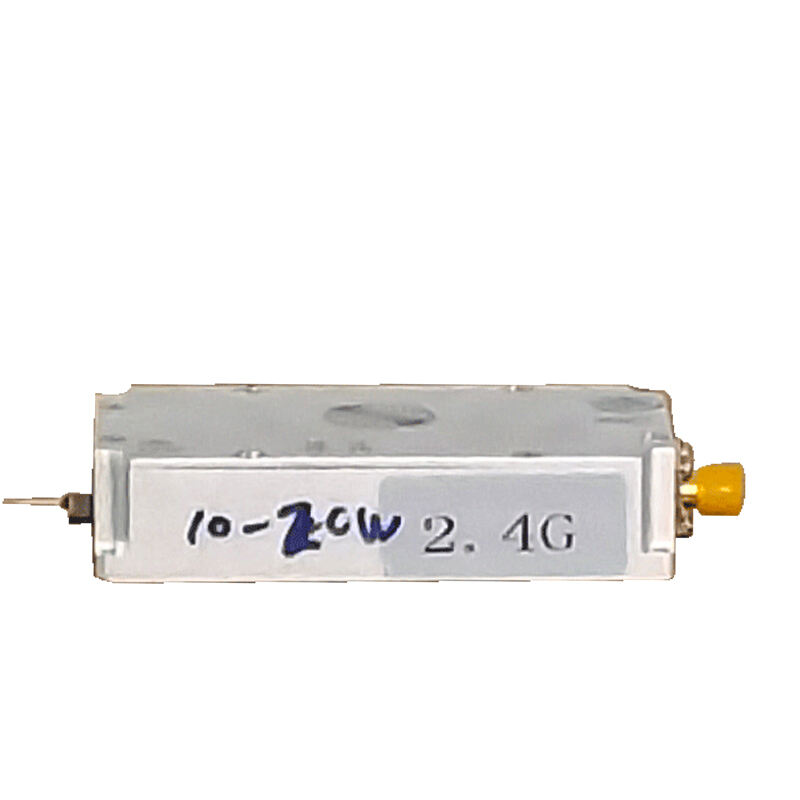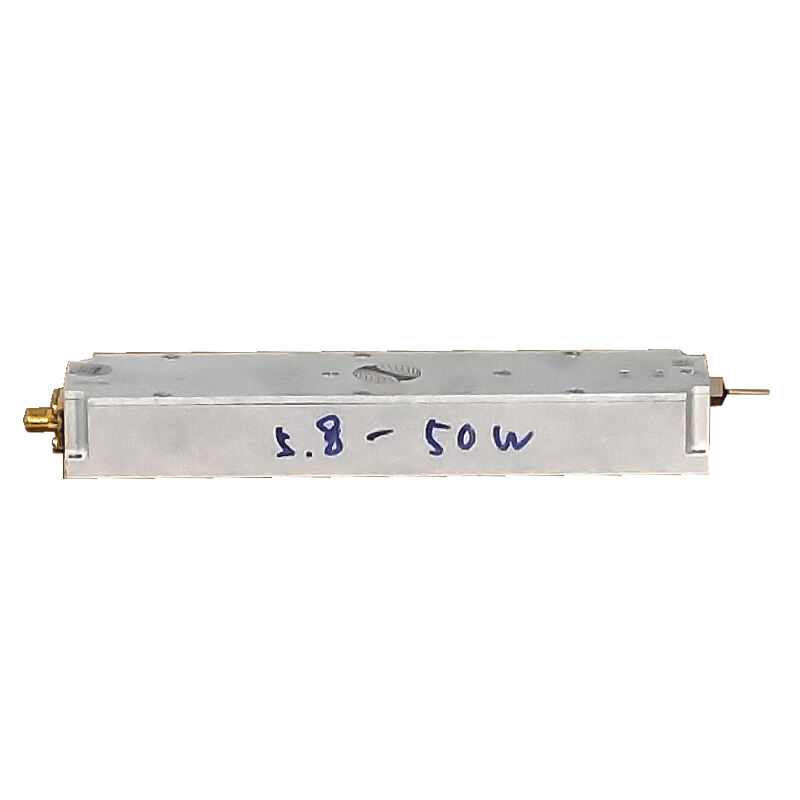Signal jammer modules initiate their function by detecting specific frequency bands through embedded receivers that intelligently analyze incoming signals. This initial process of signal detection allows the jammer to identify and target communications that need to be disrupted. Following detection, these modules employ frequency matching techniques to ensure they interfere with the correct signals. Here, adaptive algorithms are pivotal, enabling the module to fine-tune its operations by dynamically adjusting its output to align with various frequencies. This adaptability ensures maximum interference efficacy across a range of targeted signals, safeguarding the jammer's effectiveness in diverse environments.
Upon identifying a target frequency, signal jammer modules proceed to generate disruptive signals aimed at interfering with legitimate communication channels. This process involves the use of advanced modulation techniques, ensuring that the jammer produces signals potent enough to cause significant disruptions. Such techniques are integral, as they increase the ability of the jammer to produce signals that are powerful yet precise, maximizing the disruption caused to the targeted communications. An understanding of modulation principles and transmission strength is crucial. These factors not only optimize the jamming process but also determine the overall efficiency and success of the operation, ensuring the intended signals are effectively silenced.
Central to the functionality of any signal jammer module are its core components: the oscillator, amplifier, and antenna. The oscillator is responsible for generating the core jamming signal, often at a frequency nearly identical to that of the target to maximize interference. This signal is then passed through amplifiers, which play a critical role in boosting its power to ensure it can effectively cover the necessary range and disrupt communications. Antenna design is another crucial element, as it dictates the directionality and overall effectiveness of the signal transmission. Each of these components must work in perfect harmony to enable the jammer to perform its intended function reliably and effectively, making their design and integration vital to the module's success.
Cellular jamming systems are extensively used in settings where maintaining discretion is crucial, such as movie theaters and examination centers, to prevent unauthorized communication and potential disturbances. These systems target cell phone frequencies, effectively blocking calls and data transmissions. On the other hand, GPS jamming modules play a vital role in high-security environments, particularly in secure transportation and logistics, by preventing the tracking and unauthorized location sharing of assets. This is achieved by disrupting GPS frequencies, which prevents satellite navigation signals from being received by GPS-enabled devices.
Anti-drone jamming systems are highly effective in enhancing the security of sensitive areas by targeting specific radio frequencies used in drone communications. This capability is particularly valuable in military installations and restricted zones where unauthorized drone activity poses a security risk. Meanwhile, multi-frequency jamming modules provide remarkable versatility by simultaneously interfering with various signal types. This adaptability makes them invaluable in situations requiring broad-spectrum interference, catering to diverse applications across different environments.
Military-grade signal jammers are engineered for exceptional performance in challenging combat conditions. These devices offer extended coverage and specialized capabilities to disrupt enemy communications and diminish adversaries' operational effectiveness. Similarly, law enforcement agencies utilize these jammers in critical situations where controlling or restricting communication is necessary, such as during hostage scenarios or managing public safety threats. These solutions are indispensable in tactical communication scenarios, providing crucial support in maintaining security and operational integrity.
The 1.5G Module 10W Jammer is tailored specifically for anti-drone operations, offering a robust solution to disrupt drone communications efficiently. Its design ensures rapid activation and provides a significant range of effectiveness during critical missions, crucial for enhancing security in sensitive areas. This module's power output and customized frequency adjustment make it a reliable choice for those requiring uninterrupted anti-drone protection.

The 900MHz Module 100W Jammer is engineered for high-performance multi-frequency blocking, particularly suitable for urban environments. Its substantial output ensures efficient interference, effectively disrupting a range of communication devices to safeguard sensitive locations. The module's ability to handle multiple frequencies simultaneously makes it a preferred choice for urban security applications where diverse signal interference is necessary.

Operating around the commonly used 5.8GHz frequency for secure communications, the 5.8G Module 50W Jammer offers ideal performance for high-security operations. Its 50W output provides a secure buffer zone, effectively preventing unauthorized signal surveillance in vulnerable locations. This module is designed for high-security environments and ensures that communications remain secure and uninterrupted within a defined area.

Understanding the regulatory landscape is crucial for manufacturers and users of signal jammers, as legal frameworks vary globally. Each country has its own set of rules governing the use of these devices to prevent misuse that could disrupt essential communication networks. This landscape is becoming increasingly complex as new technologies emerge, requiring ongoing adaptation by manufacturers. Recent studies indicate a rise in compliance standards aimed at balancing security needs and public safety. These standards focus on ensuring that jamming devices are used responsibly and ethically, often limiting their use to government and law enforcement agencies. As such, ongoing legislative changes play a significant role in shaping how signal jammers are implemented and controlled, ensuring they do not pose undue threats to public safety.
Emerging technologies in adaptive anti-jamming are focused on developing more sophisticated systems that can counteract jamming efforts dynamically. These advancements are primarily driven by the need to protect critical communications from interference, as seen in industries like defense and cybersecurity. The future of jamming technology will likely include AI-driven solutions that can learn and adapt to evolving communication strategies. Such solutions would be capable of intelligently recognizing jamming patterns and adjusting their tactics in real-time to maintain secure communications. This marks a pivotal shift towards more resilient anti-jamming systems that not only react to current threats but also anticipate future challenges, thereby enhancing overall communication security and effectiveness in various sectors.
Signal jammer modules are devices designed to detect and disrupt communication signals, effectively blocking certain frequencies to prevent unwanted transmissions.
A signal jammer module consists mainly of an oscillator, amplifier, and antenna that work together to generate and transmit disruptive signals.
Cellular network jamming systems work by targeting specific cell phone frequencies to block calls and data transmissions, often used in discreet settings like theaters and examination centers.
GPS jamming modules are used to disrupt satellite navigation signals, helping prevent tracking and unauthorized location sharing of assets, particularly in high-security environments.
The legality of signal jammers varies by country, with rules typically limiting their use to government and law enforcement agencies to prevent misuse.

